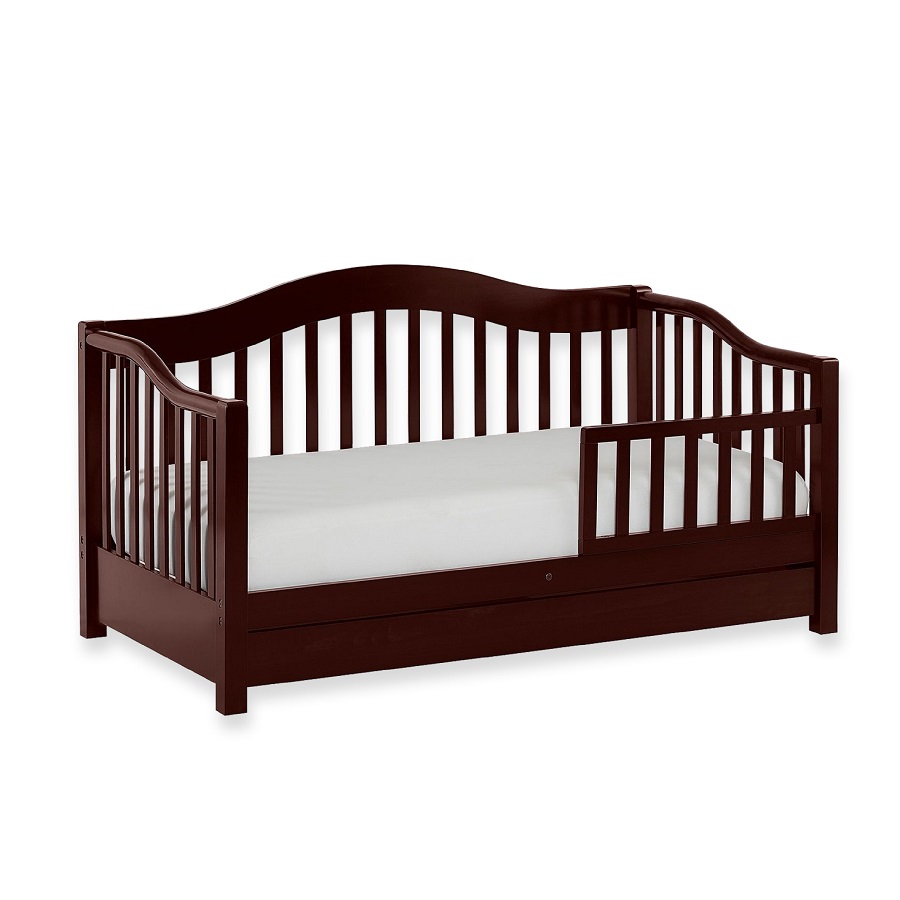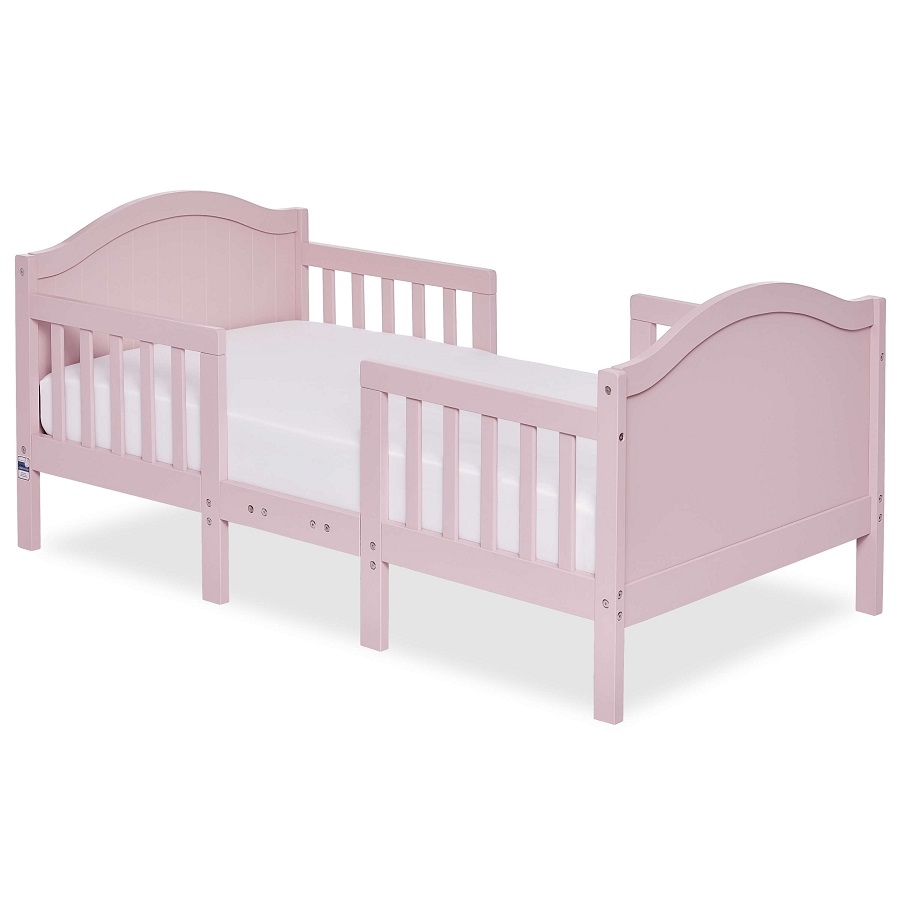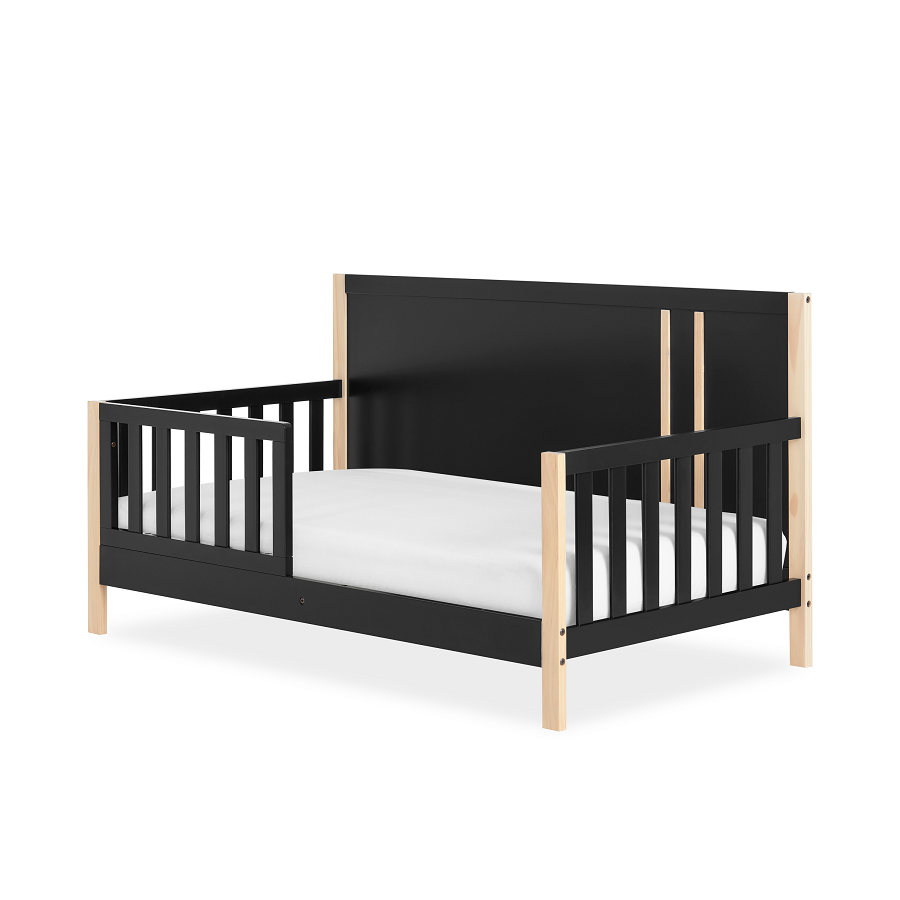Selecting the perfect bed for a one-year-old can be a daunting task for parents. As your child grows, their sleep environment evolves, and ensuring safety, comfort, and functionality becomes paramount. This article will guide you through the key considerations and options for choosing the right baby bed for your little one, focusing on various factors such as safety features, types of beds, and tips for transitioning to a new sleeping arrangement.
Understanding Your Child’s Sleep Needs
The Importance of Sleep for a One-Year-Old
At one year old, children typically require about 12 to 14 hours of sleep within a 24-hour period. This sleep is crucial for their physical growth, cognitive development, and emotional well-being. As they grow, their sleep patterns can change, and they may experience more prolonged periods of wakefulness during the night. Understanding these needs can help parents select a bed that not only supports their child’s comfort but also accommodates their evolving sleep patterns.
During this stage, many toddlers may transition from a crib to a bed, which can significantly impact their sleep quality. A well-designed bed can help foster a positive sleep environment that encourages good sleep habits. Parents should consider their child’s activity level, sleeping style, and preferences when choosing a bed. A toddler’s bed should provide a sense of security while also being functional for parents.
Safety Considerations in Sleep Environments
Safety is paramount when selecting a bed for your one-year-old. As children become more mobile, the risk of accidents increases, making it essential to choose a bed designed with safety features. For instance, beds should have sturdy construction, rounded edges, and a low height to prevent injuries from falls. Additionally, parents should ensure that the bed complies with safety standards set by regulatory organizations.
Another important aspect of safety is the choice of mattress. A firm mattress is recommended to provide adequate support for a toddler’s developing body. Soft mattresses can pose a suffocation hazard, especially for younger children. Parents should also avoid using pillows or heavy blankets in the bed, as these can increase the risk of suffocation. Ensuring a safe sleep environment will allow both parents and children to rest easier.

Types of Beds for One-Year-Olds
Cribs: A Familiar Option
For many parents, a crib remains the go-to choice for a one-year-old. Cribs are designed to keep babies secure while they sleep and can often be adjusted to different heights as the child grows. Many cribs come with slats that prevent little ones from climbing out, providing peace of mind for parents. Additionally, cribs with convertible features can transform into toddler beds or daybeds, offering longevity as the child matures.
When selecting a crib, consider factors such as material quality and design. Solid wood cribs tend to be sturdier and more durable than those made from composite materials. Look for cribs that are easy to assemble and have adjustable mattress heights. This feature allows parents to lower the mattress as the child grows, ensuring safety and ease of access.
Toddler Beds: Making the Transition
As children approach their second year, many parents choose to transition to a toddler bed. Toddler beds are designed specifically for this age group, with lower heights that make it easy for little ones to climb in and out. These beds often feature safety rails to prevent falls, offering a sense of security during this crucial transition period.
Choosing a toddler bed can be exciting, as many models come in fun designs that appeal to young children. This can make the transition from a crib to a bed more engaging for your child. Parents should consider the size of the bed in relation to the child’s room to ensure it fits comfortably. It’s also a good idea to involve your child in the decision-making process by allowing them to choose their favorite colors or themes.

Factors to Consider When Choosing a Bed
Room Size and Layout
The size and layout of your child’s room play a significant role in choosing the right bed. Before purchasing a bed, measure the available space to ensure it accommodates the bed without overcrowding the room. It’s essential to leave enough room for movement, toys, and other furniture, such as dressers or changing tables.
When planning the layout, consider the bed’s placement in relation to windows, doors, and outlets. Ensure that the bed is positioned away from windows to prevent accidents and that it does not block pathways. A well-organized room promotes better sleep and allows for safe playtime activities.
Material and Durability
The material used in a bed can impact both its safety and longevity. Wooden beds are often more durable and can withstand the wear and tear that comes with active toddlers. When selecting a wooden bed, ensure it is made from non-toxic finishes and paints to avoid harmful chemicals.
Metal beds can also be a safe choice, but they may not offer the same level of stability as wooden options. Check for sharp edges and ensure the bed frame is sturdy enough to support your child’s weight. Whichever material you choose, prioritize quality and durability to ensure the bed lasts through your child’s early years.
The Transition Process
Preparing Your Child for the Transition
Transitioning from a crib to a bed can be both exciting and challenging for parents and toddlers. To make the process smoother, it’s essential to prepare your child for the change. Start by discussing the new bed and explaining how it will work. Use positive language to create excitement around the transition, and involve your child in picking out their new bed and bedding.
Establishing a bedtime routine can also help your child feel secure during this transition. Consistency is key; a familiar routine signals to your child that it’s time for sleep. This routine might include activities such as reading stories, singing lullabies, or cuddling, which can foster a sense of security and comfort as they adapt to their new sleeping arrangement.
Ensuring a Smooth Transition
To help your child adjust to their new bed, consider making the transition gradually. You might start by having your child take naps in the new bed while continuing to use the crib for nighttime sleep. This allows them to become accustomed to the new sleeping space without overwhelming them.
Additionally, consider using familiar items from the crib, such as favorite blankets or stuffed animals, to provide comfort in the new bed. You can also encourage your child to express any fears or concerns about the transition. Open communication can alleviate anxiety and help them feel more secure in their new sleeping environment.

Safety Features to Look For
Guardrails and Bed Height
When selecting a bed for a one-year-old, pay close attention to safety features, particularly guardrails. Guardrails are essential for preventing falls during sleep, especially in toddler beds where children may move around more. Look for beds with built-in safety rails or options that allow for the addition of removable guardrails.
The height of the bed is also crucial. A low-profile bed makes it easier for toddlers to climb in and out safely. Ensure the bed is not too high from the ground, as this can increase the risk of injury from falls. Low beds allow for a safer transition and help children feel secure as they navigate their new sleeping space.
Quality of Construction
The quality of construction is another important consideration. A well-constructed bed should feel sturdy and secure. Check for joints and fasteners to ensure they are properly secured and made from durable materials. This can prevent the bed from wobbling or collapsing during use.
Additionally, look for beds that have been tested for safety standards. Many manufacturers adhere to guidelines set by organizations such as the Consumer Product Safety Commission (CPSC) to ensure their products are safe for young children. Choosing a bed with a solid reputation for safety can provide peace of mind for parents.
Bed Accessories and Bedding
Choosing the Right Mattress
Selecting the right mattress is just as important as choosing the bed itself. A firm mattress is recommended for young children, as it provides necessary support for their growing bodies and reduces the risk of suffocation. Look for mattresses specifically designed for toddlers, as these often meet safety standards and provide appropriate firmness.
Additionally, consider the mattress size. Most toddler beds use a standard crib mattress, but double-check dimensions to ensure a proper fit. A mattress that fits snugly within the bed frame will prevent gaps that could pose a safety hazard. It’s also advisable to cover the mattress with a waterproof protector to guard against spills and accidents.
Selecting Bedding and Accessories
When it comes to bedding, choose soft, breathable materials that promote comfort. Look for hypoallergenic sheets and blankets to ensure your child sleeps soundly without irritation. Avoid heavy quilts or comforters that could pose a suffocation risk.
Consider adding accessories such as a nightlight or sleep sounds machine to create a calming sleep environment. Nightlights can provide a sense of security, while soothing sounds can help mask background noise that might disturb your child’s sleep. These simple additions can enhance your child’s sleep experience and help them feel more comfortable in their new bed.
Establishing a Sleep Routine
Creating a Consistent Bedtime Routine
A consistent bedtime routine is essential for establishing healthy sleep habits in your one-year-old. A structured routine signals to your child that it’s time to wind down and prepare for sleep. Activities can include a warm bath, reading bedtime stories, or singing lullabies, all of which promote relaxation.
Parents should aim to establish a regular bedtime that allows for adequate sleep based on their child’s individual needs. Consistency helps regulate their internal clock and can lead to improved sleep quality. By creating a calming environment and routine, parents can help their child transition to sleep with less resistance.
